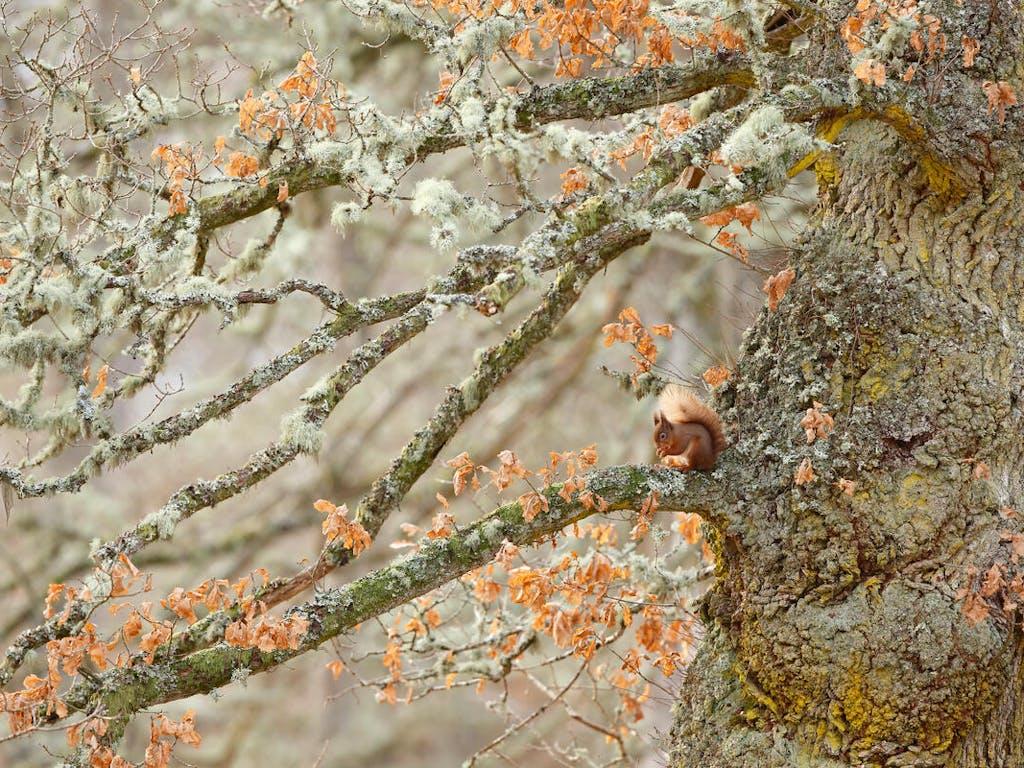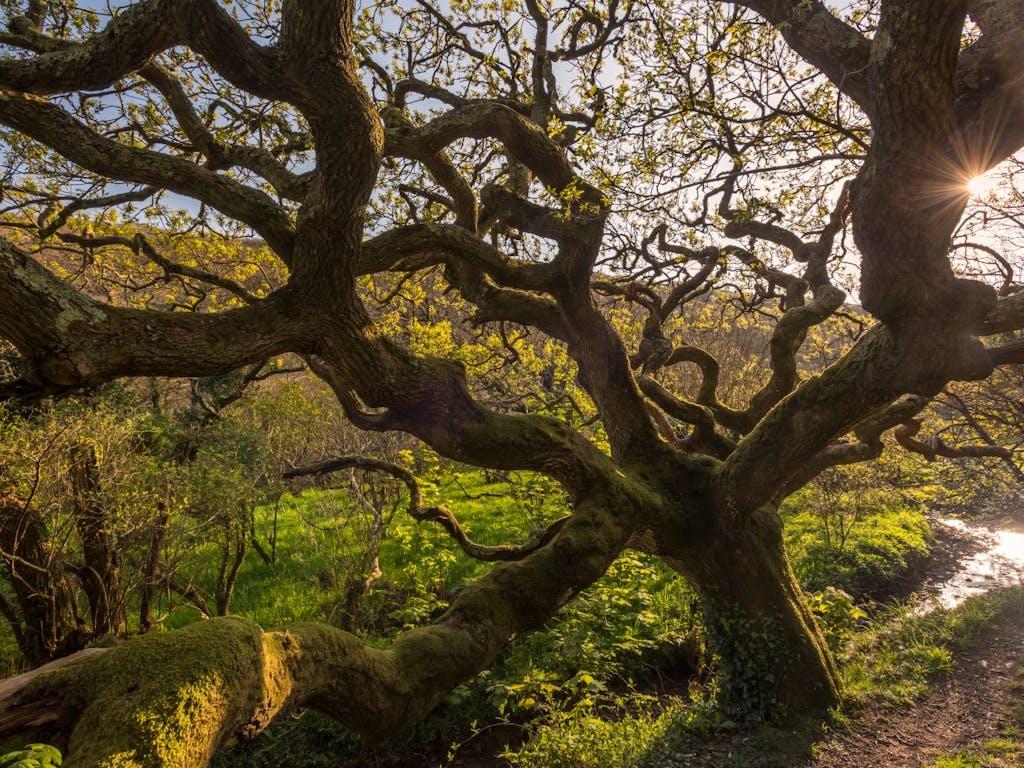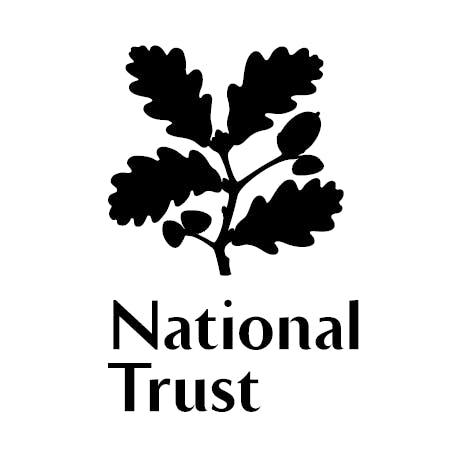Ancient oak trees
Witnesses of our changing landscapes
Our ancient oak trees – some, hundreds of years old – are cornerstones of our woodland communities. They support a jaw-dropping number of life forms and are a precious weapon in our fight against climate change. For these reasons and more, we must protect and restore our ancient woodland.


Majestic sanctuaries
Steeped in history and symbolism, these long-living giants are vital sources of life. Over thousands of years, our ancient oak trees have evolved together with a range of species to create unique and complex communities of fungi, plants, insects and micro-organisms that live within an oak’s habitat.
Incredibly, they can support more than 2,300 other species including birds, bats and insects – more than any other native tree. Likewise, oak-dominated ancient forests are home to more of our threatened species than any other type of woodland.
They’re important for our climate too. Woodlands made up of trees of different species and ages act as giant carbon sponges, and new research even suggests that old trees capture more carbon because of their dense structure. Our ancient oaks are irreplaceable. The nature they support, the carbon they capture and the cultural value they have cannot be replicated.


Respect our elders
These oaks have helped shape our landscape, providing shelter for animals, marking field boundaries and supporting livelihoods. Many of those that remain aren’t in woodlands, but stand on their own in fields and parklands. They signal what’s left of the hedgerow networks and sprawling ancient woodlands that once covered our wild isles.
Expanding developments and the intensification of agriculture over the past century have put our woodlands and hedgerows under threat. Since 1950, we’ve lost 190,000 km of our hedgerows – about half the distance to the Moon – and ancient woodland now covers just 2.5% of the UK.
But people across the UK are taking action. From community tree planting and campaigning for woodland protection, to the large-scale restoration of native forests, there’s a glimmer of hope. If we’re able protect ancient oaks, then there’s a chance we can restore a network of interconnected woodlands once again.
Ancient oak trees in numbers
2,300+
species supported by ancient oaks
2.5%
of UK covered by ancient woodland
1,000+
years they can live for
Branch out
Discover more about where oak trees live, the threats they face, and some stories of hope that show we can preserve nature if we take action.











